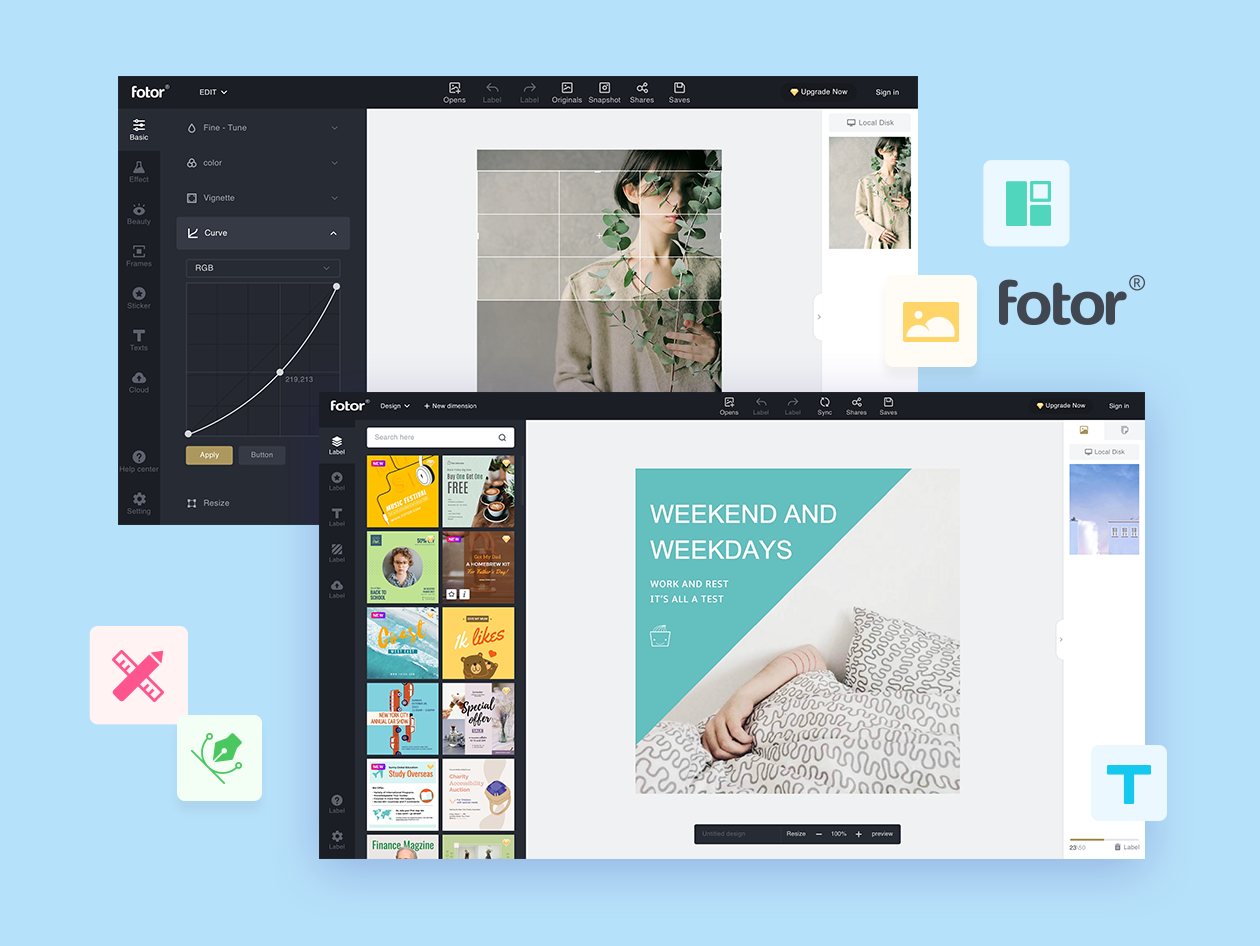Whether you’re an amateur smartphone photographer or a professional using an DSLR camera, the right software can get the most out of your photos. With this list we will help you find the best photo editing software so your photos can reach their full potential.
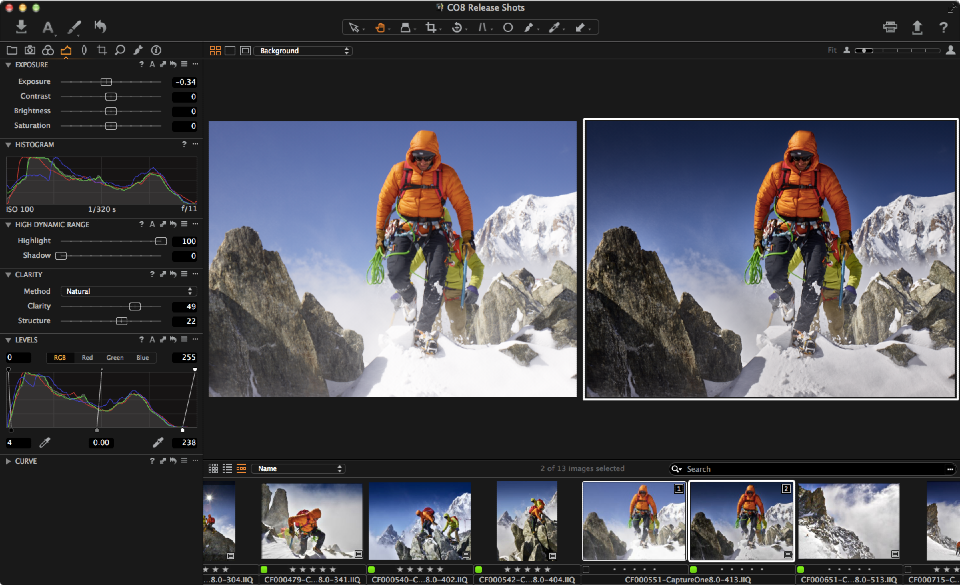
5. Phase One Capture One Pro
Phase One Capture One offers pro and amateur digital photographers excellent detail from raw camera files, as well as local adjustment, advanced color, and layer tools, but it still trails in photo-organizing features. And for many cameras and camera backs from Canon, Fujifilm, Mamiya Leaf, Nikon and Sony, Capture One can even take charge of the capture process, allowing you to shoot remotely by tethering your camera to your desktop or laptop. If your camera’s Raw format isn’t supported, you’ll still be able to edit JPEG images or Raws that have been converted to DNG format
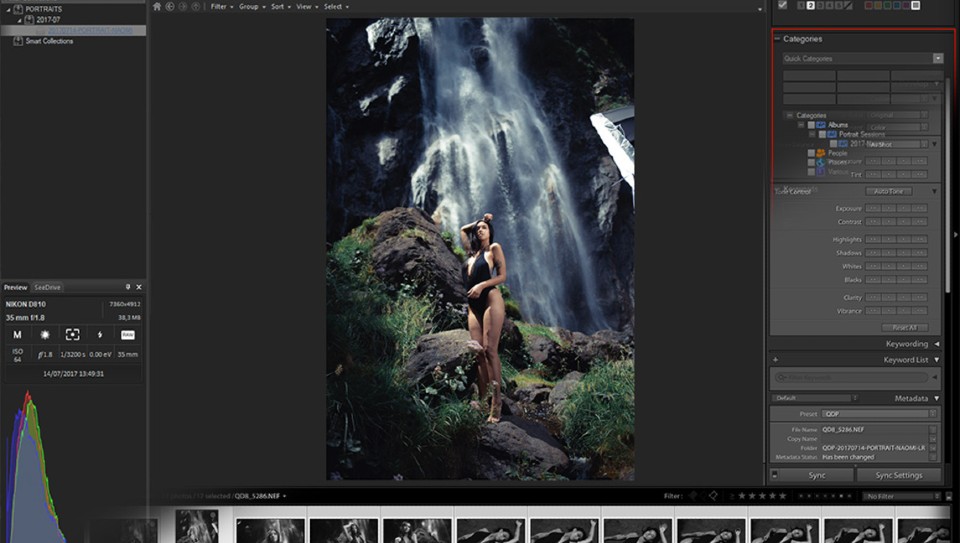
4. ACDSee Ultimate
ACDSee’s pro-level tool offers many powerful photo organizing and editing tools, combining functions of both Lightroom and Photoshop, but its interface can get overwhelming, and it falls short of competitors in raw camera file conversion and usability. There are two editing modes in ACDSee’s Photo Studio Ultimate 2020. The development mode has Lightroom-like adjustments in a simple, yet powerful interface. The Edit mode is capable of the same image adjustments, and also has layers for more extensive editing.
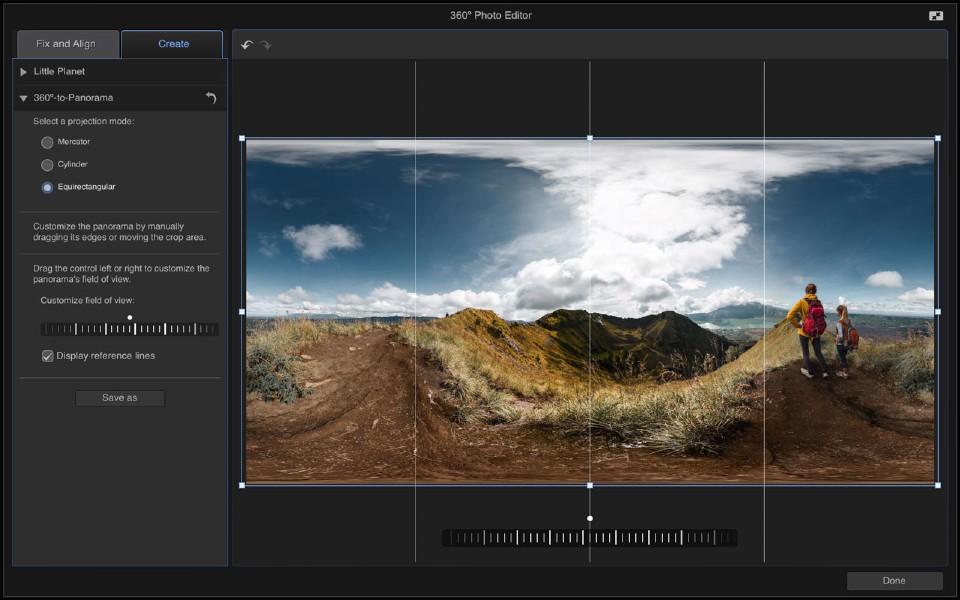
3. CyberLink PhotoDirector
Photo workflow and editing program CyberLink PhotoDirector offers a smooth interface and powerful capabilities. New in this version are a de-blur tool, improved color replacement, more layer options, and new text effects. CyberLink’s PhotoDirector started life as a workflow alternative to Adobe Lightroom, but has now taken on features of Photoshop and added hand-holding help features like those in Photoshop Elements. While Adobe’s photo editing software has gotten simpler, PhotoDirector has gone in the other direction, accruing many new tools, such as adjustment layers, masks, painterly AI filters, text kerning, and guided edits.
2. Fotor
If you are looking for online photo editor with excellent professional tools Fotor is the right place for you. If you have some photos on your PC that need to be edited before you want to print them, publish them online or you just need a best Facebook cover maker you can do all that on Fotor without need to install any software. You can apply special effects and add frames and borders, improve the appearance of photos and even get the kind of tilt-shift blurry effects that you’d normally need an expensive camera to achieve. It also features an improved tilt-shift algorithm and improved support for more raw file formats. If you are a mobile user the first time you run the Fotor Mobile you get access to a huge number of functions. You can even use the camera, which is now most often eliminated in similar programs for an unknown reason. You can open Edit or Collage to do basic editing actions, but firstly I decided to explore the buttons below.
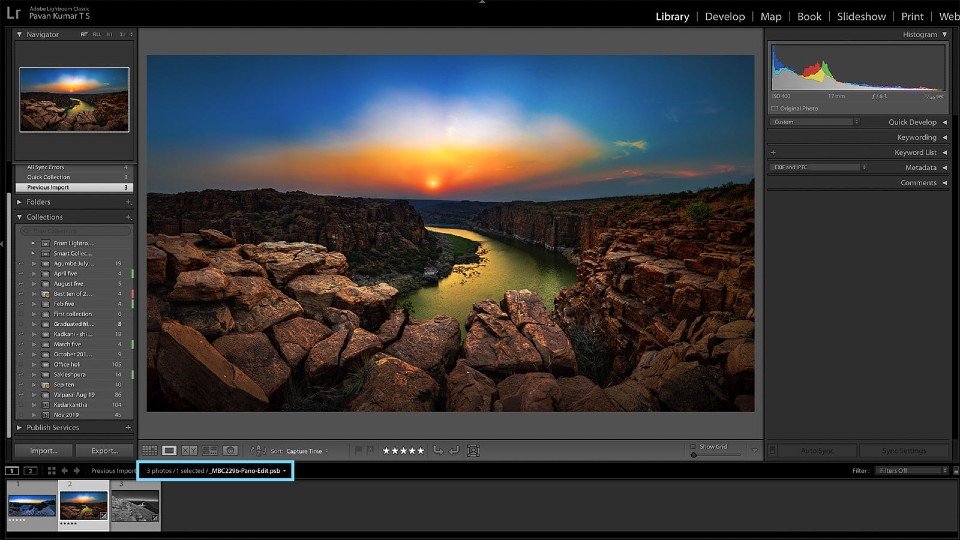
1. Adobe’s Photoshop Lightroom
Adobe’s Photoshop Lightroom remains the gold standard in pro photo workflow software. It’s a complete package, with top-notch organization tools, state of-the-art adjustments, and all the output and printing options you’d want. With the release of the rethought Lightroom, the program photo pros have come to know and love a younger, and frankly, still fairly immature sibling. Lightroom does offer a simpler, cleaner interface, but it lacks so many tools – even the ability to print – that pros will want to stick with the subject of this review, Lightroom Classic, the true heir to the Lightroom throne that offers every bit of the franchise’s functionality. Lightroom, on the other hand, is more suited to consumers and enthusiasts.


